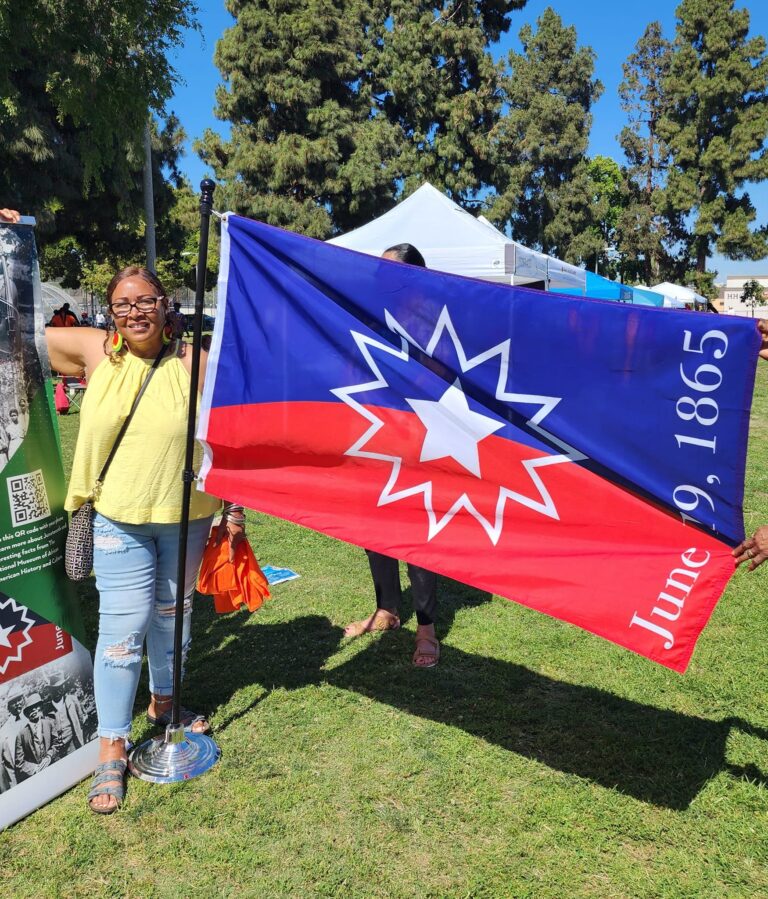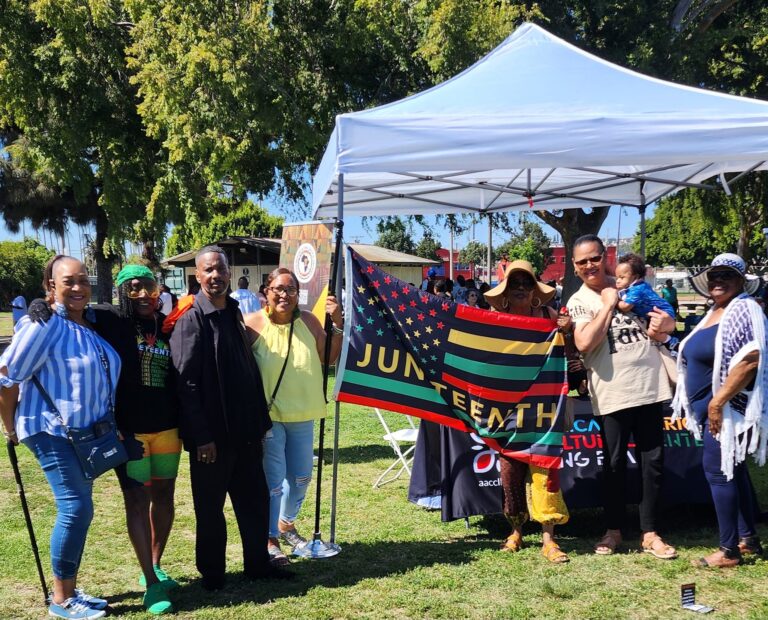The Roots of Juneteenth
Understanding Slavery, Emancipation, and Freedom
Before we can fully celebrate Juneteenth, we must first understand the history that made this day so significant.
Slavery in America was a brutal institution that lasted for over 250 years, beginning in the early 1600s. Millions of Africans were forcibly taken from their homes, brought to a foreign land, and subjected to unimaginable hardship. They were stripped of their freedom, families, cultures, and dignity — all for economic gain.
In 1863, during the Civil War, President Abraham Lincoln issued the Emancipation Proclamation, declaring that all enslaved people in Confederate states were legally free. But freedom was not immediate for everyone

Due to the slow spread of news — and in many cases, deliberate withholding of information — many enslaved people remained in bondage long after the proclamation.
It wasn’t until June 19, 1865, when Union General Gordon Granger arrived in Galveston, Texas, that the final group of enslaved Black Americans learned of their freedom. This day, Juneteenth, became a symbol of delayed liberation and the ongoing fight for justice.
Why does this history matter today?
Because it shows that freedom is not just declared with words — it must be delivered through action, protected by law, and honored in society.
By remembering the full story — not just the celebration, but the struggle — we honor the resilience of those who fought for their freedom and acknowledge the work that still remains.
Juneteenth is not just a historical milestone; it is a reminder that justice delayed must never be justice denied.


